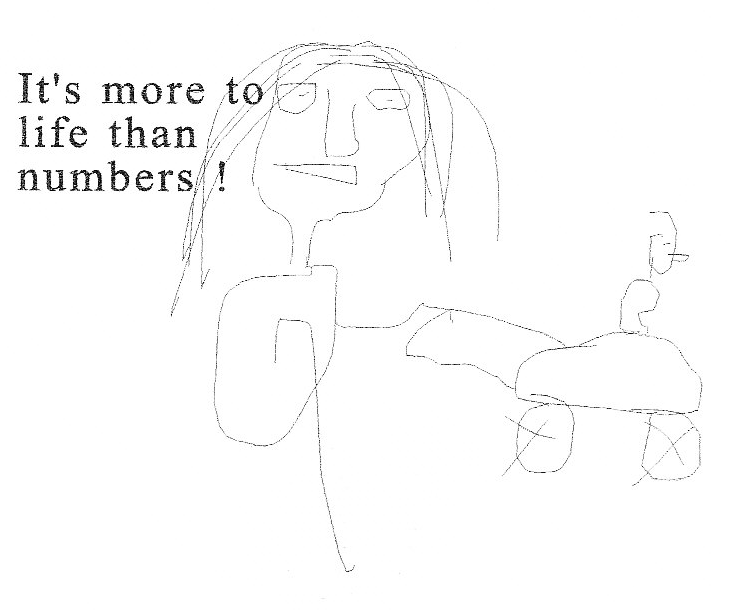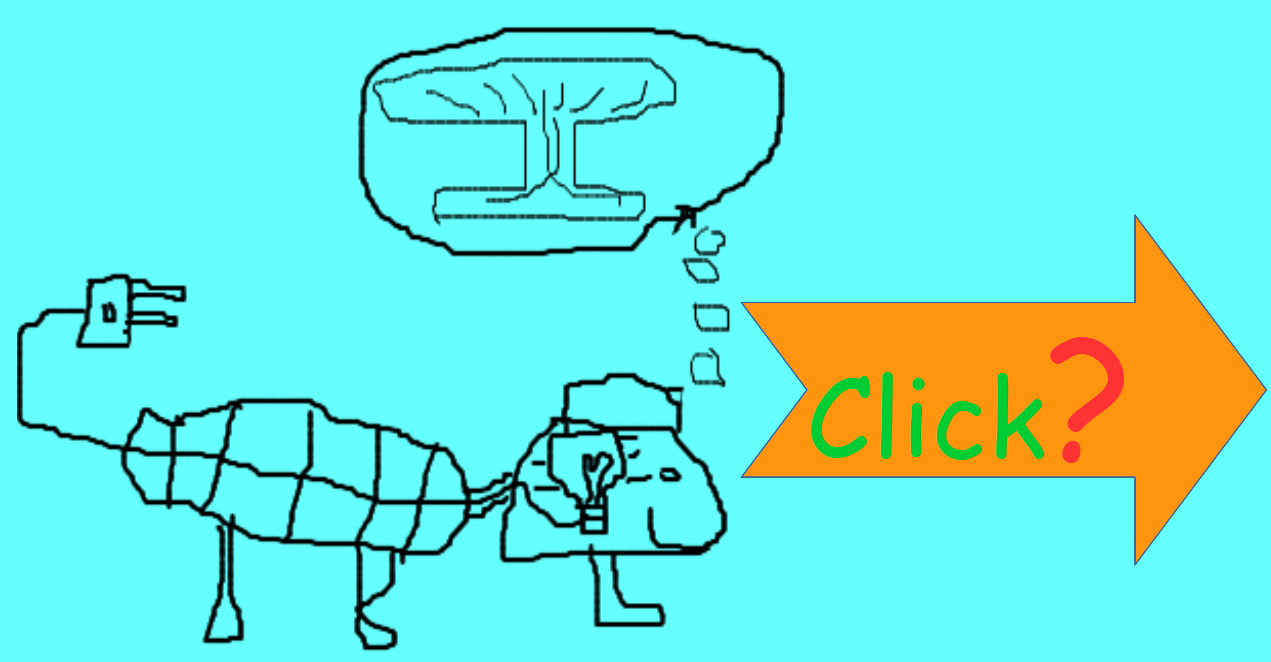page2019 Rings Matthias Lorentzen...mattegrisenforlag.com
Look at the picture beneath, then
scroll down to the question and click the correct Answer button.


Exercises: Ideals , Extensions & Vector Spaces
Exercise
Let us start with an exercise that bridges the concepts of ideals , simple extension fields,
and introduces vector spaces.
Exercise:Exploring a field E as a Vector Space.
Let F = `QQ` be the field of rational numbers. Consider the polynomial
`p(x) = x^2 - 2` `in QQ[x]`.
1. Show that the ideal `I = langle p(x) rangle` generated by p(x) in `QQ[x]` is a maximal ideal.
2. Deduce that the quotient ring `K = QQ[x]"/" I` is a field. This is a simple extension field of `QQ`.
3. Demonstrate that K is a vector space over `QQ`.
4. Find a basis for K as a vector space over `QQ` and determine its dimension.
Detailed Solution (including explanation of Vector Space theory used):
Before we dive into the solution , let us briefly revisit the definition of a Vector Space.
Introduction to Vector Spaces:
A vector space (or linear space) V over a field F is a set V equipped with
two operations:
1. Vector Addition: For any u , v `bb in V` , there is a unique element `bb {u + v in V}`.
2. Scalar Multiplication: For any c `in F` and u `bb {in V}` , there is a unique element
`c bb {u in V}`.
Continuing:
Solution:
Let us adress each part of the exercise:
1. Show that the ideal `I = langle p(x) rangle` generated by p(x) in `QQ[x]` is a maximal ideal.QED
2. Deduce that the quotient ring `bb {K = QQ[x]"/"I}` is a field.
QED
3. Demonstrate that K is a vector space over `QQ`:
We need to show that `K = QQ[x]"/"langle x^2 - 2 rangle` satisfies the vector space axioms
over the field `F = QQ`.
Elements of K: Any polynomial `f(x) in QQ[x]` can be divided by `bb {p(x) = x^2 - 2}`
to get the remainder r(x) where deg(r(x)) < deg (p(x)) = 2. So , f(x) = q(x)p(x) + r(x)
where r(x) = ax + b for some `a , b in QQ`. Therefore the elements of K are of the form
(ax + b)+ I , where `a , b in QQ`.
We can simply write these as ax + b , keeping in mind we are working modulo `(x^2 - 2)` ,
which means `x^2 - 2 = 0 to x^2 = 2`.
Vector Addition (elements of K):
Let `bb {u} = (a_1 x + b_1) + I` and `bb {v} = (a_2 x + b_2) + I` be elements of K.
Addition: `bb {u + v} = ((a_1 x + b_1) +(a_2 x + b_2)) + I = ((a_1 + a_2)x + (b_1 + b_2)) + I`
Since `(a_1 + a_2) , (b_1 + b_2) in QQ` , this sum is also an element of K.
The field K is closed and an abelian group under addition satisfying the following 5 axioms: addition , associativity , commutativity , existence of zero vector 0 + I and additive inverse
-(ax + b) + I = (-a)x + (-b) + I , which are all inherited directly from the properties of polynomial addition and ring addition. OK
Question
Which of the following statements correctly identifies the essential operation needed to define
`K = QQ[x]"/" langle x^2 - 2 rangle` as a vector space over `QQ`:
A) An internal operation called vector addition that takes two elements from K and produces
an element in K , and an external operation caled scalar multiplication that takes an
element from `QQ` and an element from K and produces an element in K.
B) Two internal operations: addition of two elements in K to produce an element in K , and
multiplication of two elements in K to produce an element in K
?
